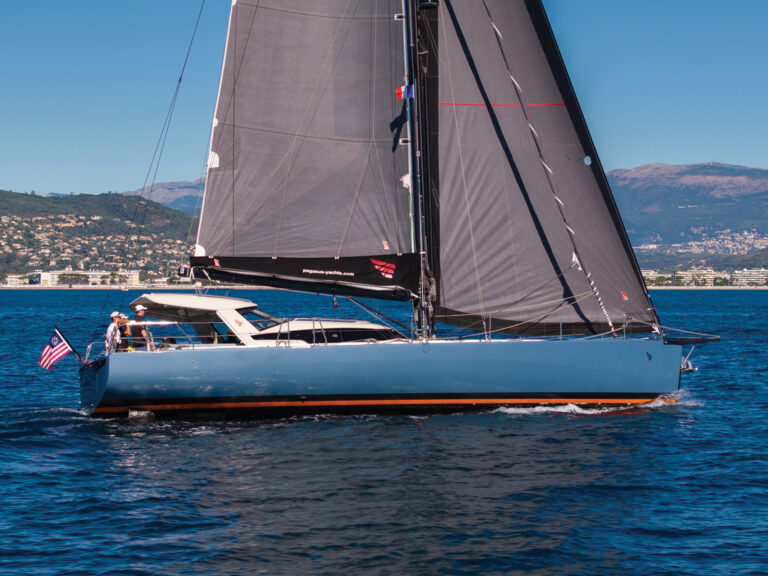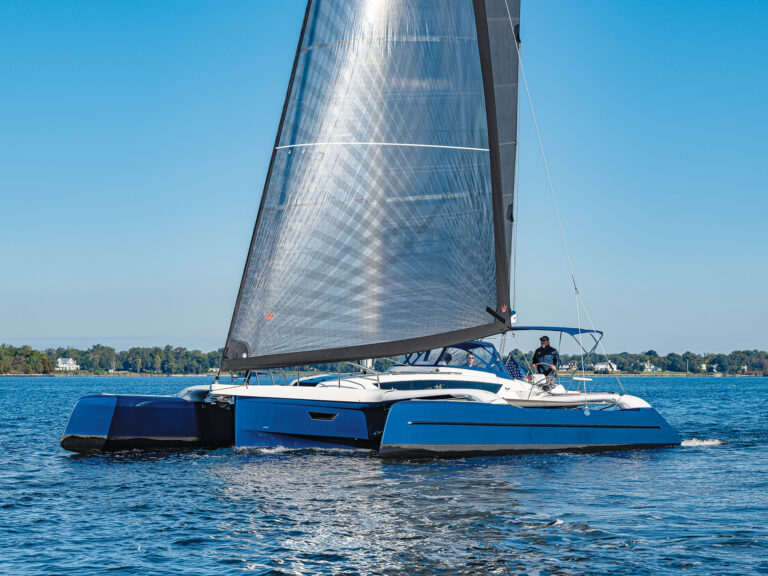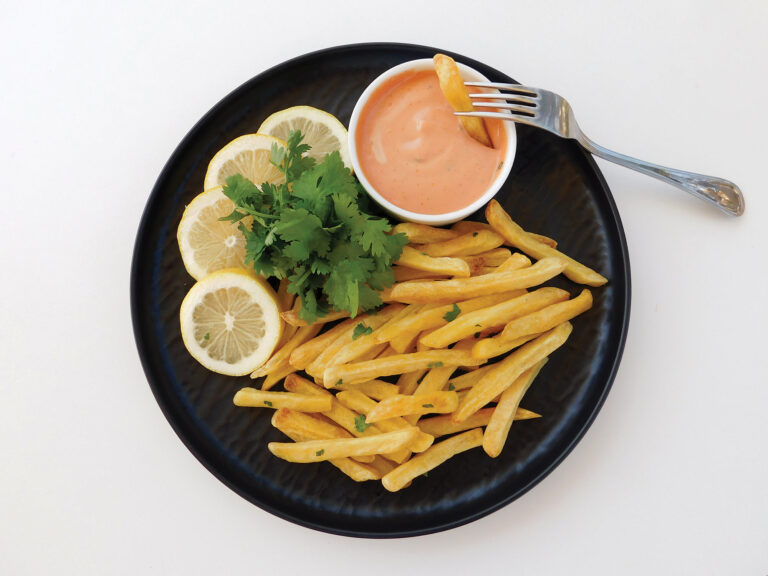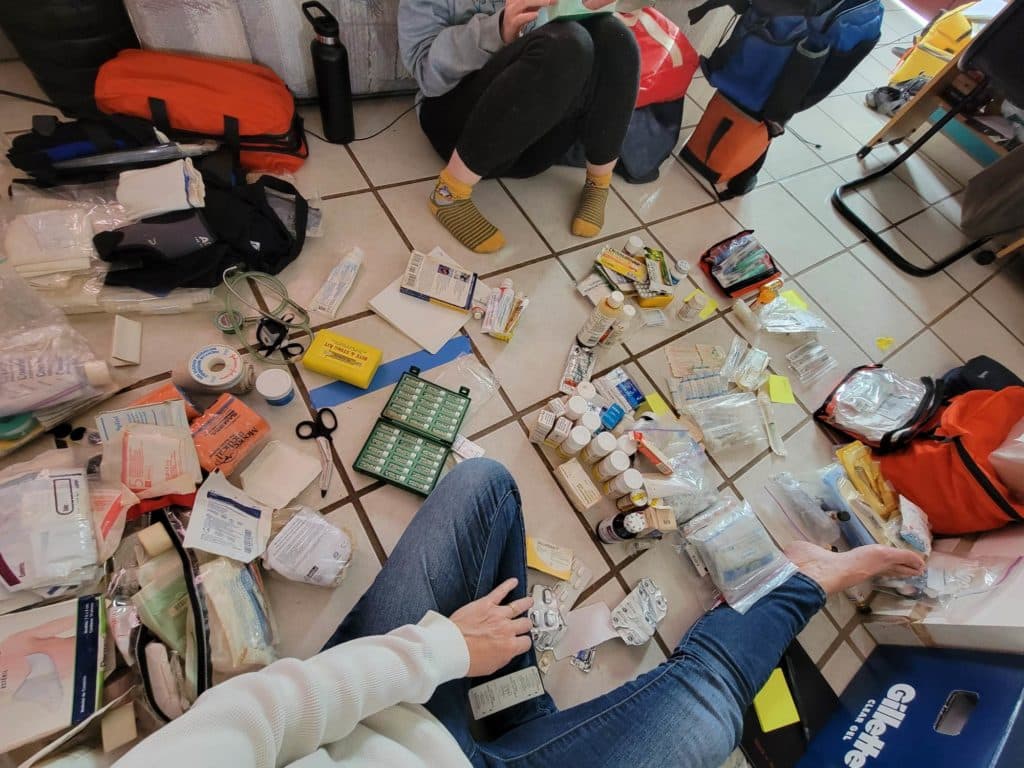
Sourcing a medical kit suited to your cruising plans is a fundamental part of preparing to set sail. Most sailors heading out into the big blue are not health-care professionals, which can make the prospect of organizing that kit seem daunting. We recently tackled ours, which had gotten slightly unmanageable after years on board.
Here are some ideas, ranging from where to get prepared kits to how to put your own kit together.
Bundled medical kits
An easy option is to buy a pre-packaged kit. There are a number available, such as OceanMedix and Adventure Medical; these kits do much of the thinking for you, and the best are designed for intuitive access to gear based upon the need, be it a burn, cut or sprain. Your job then becomes understanding what’s inside and whether it fits your cruising plans.
DIY medical kit
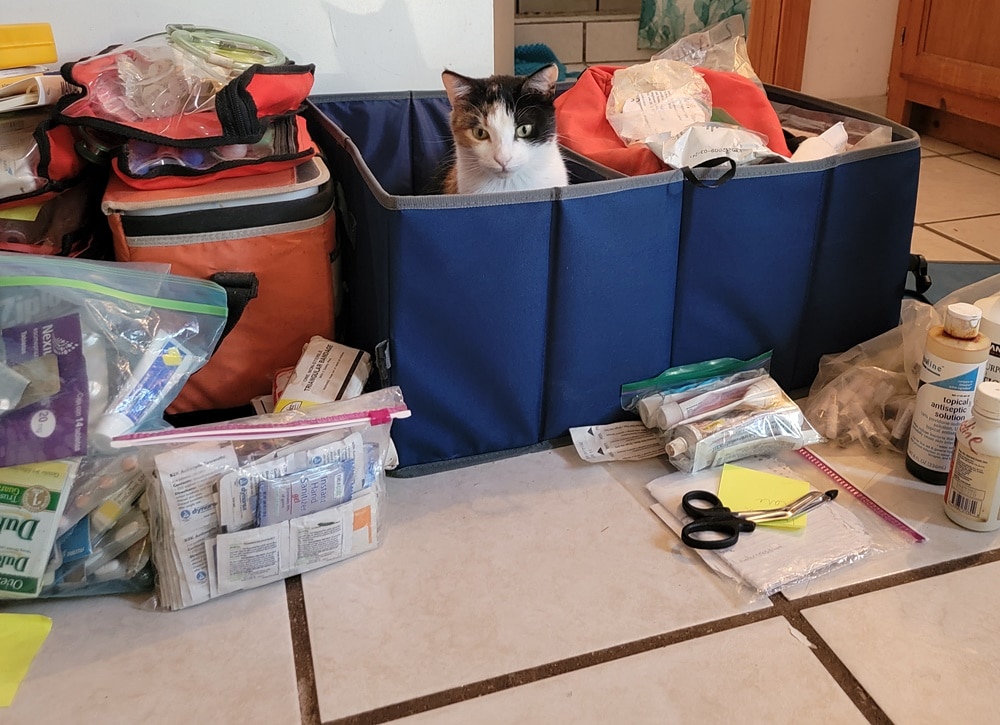
In 2008, we decided to put our own kit together. That required significantly more effort on our part, but it was time well spent. We are not medical professionals, so this is somewhat outside our comfort zone. Still, I believe that our need to learn pushed us in good ways. Not only was each addition to the kit a deliberate choice, but it also forced us to understand what every item was for, how to use it, and if and when it could expire.
Make or buy?
Will you learn how to use the IV set in that ocean pro-style kit? Is a suture kit really a good idea unless you’re a medical professional? Does the medical kit facilitate sourcing any of the antibiotics or other prescription medications you may want or need offshore? Are the contents aligned with choices you would make (such as crack-to chill ice packs that work once, versus something reusable)? Is that CPR mask really necessary? Are you paying for lower-quality options or things you don’t need?
14 years later
Our DIY kit ended up exploding. Not literally, but over the years, we were gifted kits from friends retiring from cruising, and the volume of our kit’s contents multiplied somewhat obscenely.
The good news is that we didn’t touch most of the supplies—at least most supplies intended for serious medical needs. When we needed antibiotics, we always had professional advice and almost always had access to a local pharmacy. That was the best, first choice.
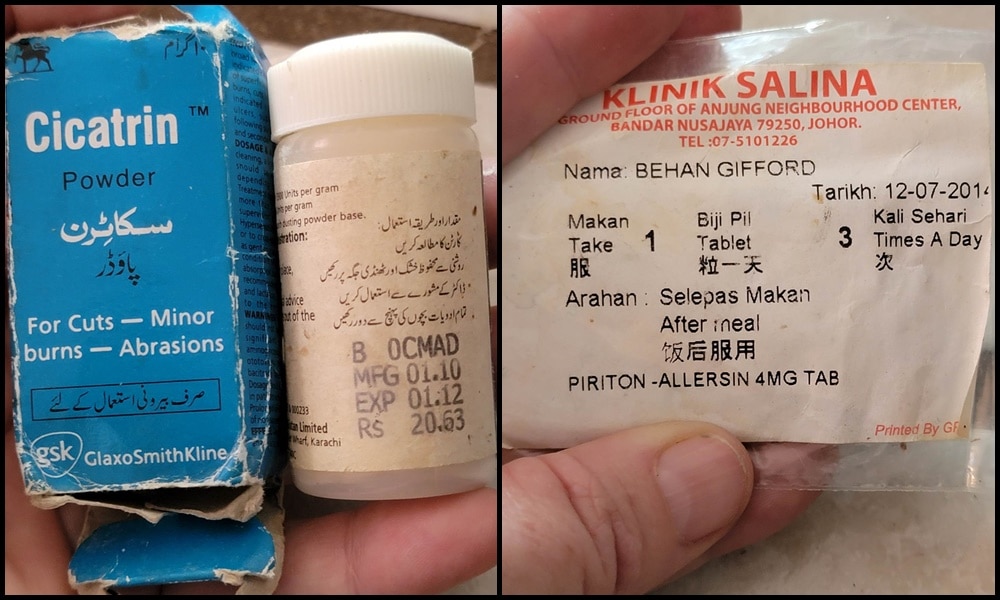
A handful of items were replaced along the way as they expired. Most countries aren’t as hung up on prescriptions as the United States is, except for controlled narcotics, which makes things easier. In the Seychelles, I brought a range of dated antibiotics in their prescription packaging into a pharmacy. Each one was replaced with new medications, no questions asked.
And then, more years and more expirations. What we’re left with? A massive, disorganized collection that needs tackling to be functional.
Our 2022 medical kit refresh
The task now is to cut back the bloated kit to a reasonable size; eliminate old and expired contents; and organize contents better. I started down a purely DIY path on this, but it got a little overwhelming.
We then hired a medical pro and went through the contents in a video call. He provided guidance on what to toss, keep or add in a 90-minute session.
Resources for putting your own kit together
Read this book. Michael H. Beilan’s book Your Offshore Doctor includes lists of medical kit contents broken out into three levels for daysailing, coastal cruising, or offshore and remote cruising. It’s a sensible approach. The book’s contents help illustrate if, when and how any recommended items are needed and used.
Talk to your doctor. Ideally, a primary care physician knows you and your history, can guide recommendations for your kit’s contents, and will write any prescriptions you want or need.
Hire a pro. The advice we received from Jeffery Fine at West Street Medical was productive and a great value. Fine is a physician assistant with 30 years of emergency medical experience. We got help from him remotely (contact Jeff at his gmail to book a Zoom session), but he’ll also do in-person visits near his home in Annapolis, Md. He can help with vaccinations updates and prescriptions for your kit.
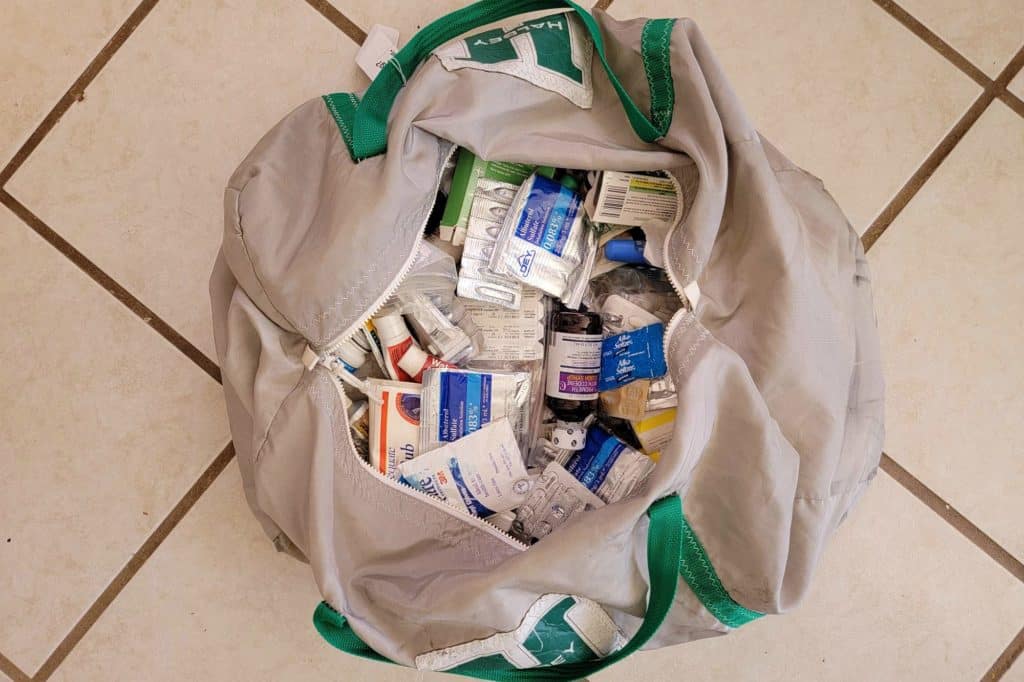
What about prescriptions?
Most cruisers don’t need them, or don’t need many. Cruising is overwhelmingly done near-shore or within a day or so of shoreside health care. Although many cruisers are tempted to prepare for extreme remote sailing, few really need to. A range of antibiotics or pain relief isn’t important until you plan longer passages or extended time in remote areas. Until then: Save the money and the waste.
Some medical kit retailers can sell prescription meds. I’m aware of (but have no personal experience with) Seaside Marine, MedAire, Ocean Medical International, Duration Health and OceanMedix.
A travel clinic is another good place to look; you may know what options exist in your hometown. Some national pharmacies have this service, and the International Society of Travel Medicine has a searchable database.
Our medical kit
The contents of our kit are specific to our crew, and should not be considered a guide. But for those wondering what our kit looks like, here’s the work-in-progress update.
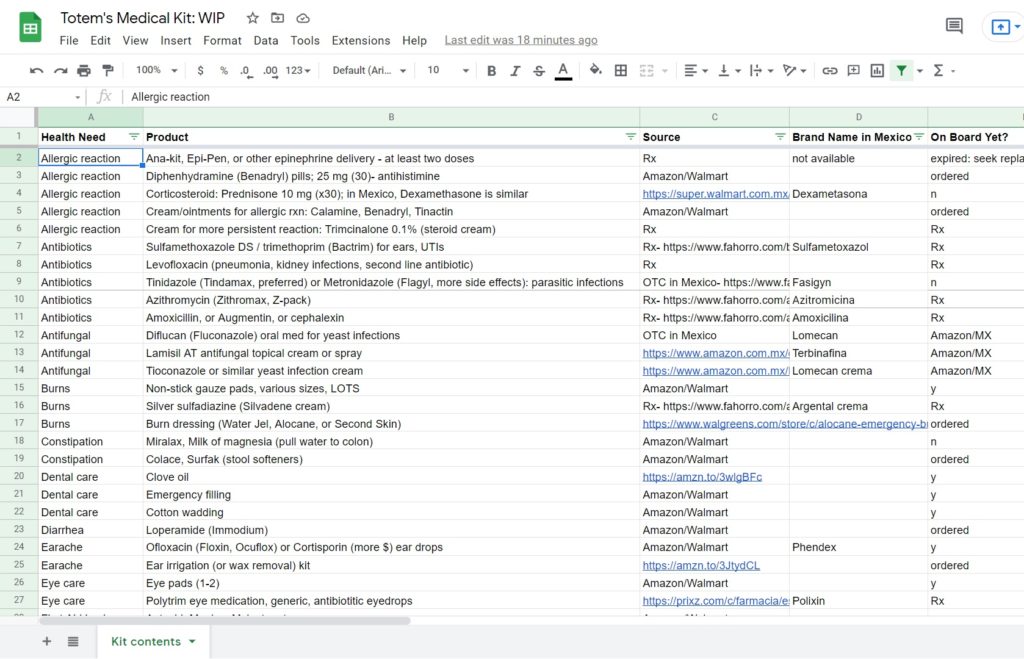
At this point, I’m prioritizing first aid basics. That’s what we use the most. As I look ahead and consider where we might be later this year, the shopping list grows.
Do you have a favorite resource or tip for building a medical kit? Send us a message at theresa.nicholson@bonniercorp.com





